As scientists enter the third decade of exoplanet discoveries, they continue to uncover strange, fascinating findings that sometimes raise more questions than answers.
From a scorching super-Earth to a football-shaped world, here are the greatest alien planet stories of 2022.
1. 5,000th confirmed exoplanet at last
After 30 years of exoplanet discoveries, the tally of confirmed alien worlds reached 5,000 this year. Scientists added the new milestone entry to the NASA Exoplanet Archive in March.
“Of the 5,000 exoplanets known, 4,900 are located within a few thousand light-years of us,” Jessie Christiansen, science lead of the NASA Exoplanet Archive, stated (opens in new tab) on the website of the California Institute of Technology (Caltech), where the archive is housed. “And think about the fact that we’re 30,000 light-years from the center of the galaxy; if you extrapolate from the little bubble around us, that means there are many more planets in our galaxy we haven’t found yet, as many as 100 [billion] to 200 billion. It’s mind-blowing.”
Read the full story: 5,000 exoplanets! NASA confirms big milestone for planetary science
The first confirmed exoplanet discovery came in 1992. In a paper published in the journal Nature, astronomers Alex Wolszczan and Dale Frail described how they had spotted two worlds orbiting a pulsar (a rapidly rotating, dense star corpse) by measuring subtle changes in the timing of the pulses as the light reached Earth.
The new addition comes with the promise of more insights to come, as NASA’s $10 billion James Webb Space Telescope readies for planet-gazing operations in deep space.
2. New class of alien planets
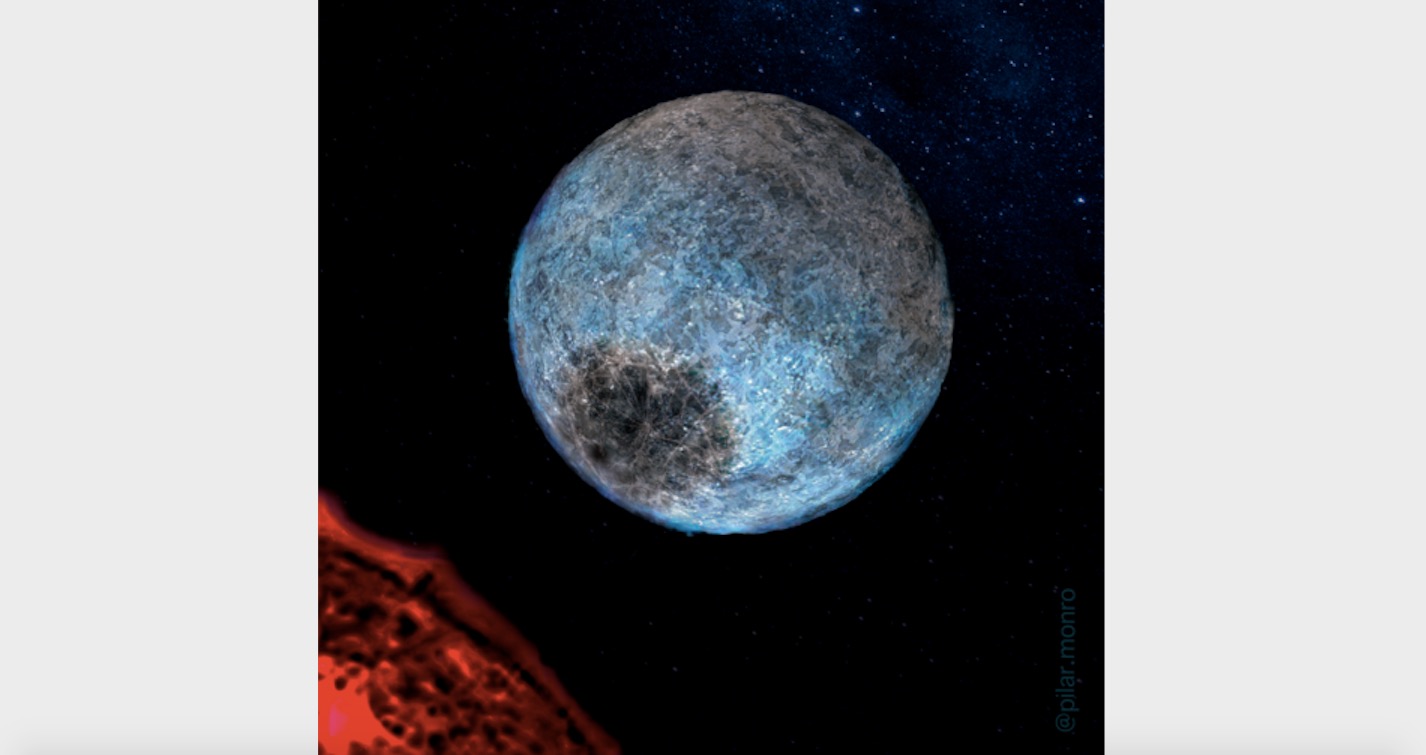
In September, astronomers announced that a new type of exoplanet had been discovered. Made of about half-rock and half-water, either in liquid or ice form, the exoplanets were found orbiting the most common stars in the universe. The finding may have great consequences in the search for life in the cosmos, researchers say.
Red dwarfs are the most common type of star, making up more than 70% of the universe’s stellar population. Astrophysicists examined small worlds found around closer — and thus brighter and easier to inspect — red dwarfs observed by NASA’s Transiting Exoplanet Survey Satellite (TESS).
Read the full story: New class of exoplanet! Half-rock, half-water worlds could be abodes for life
The researchers suggested these planets likely arose from icy material and were born far away from their stars, past the “ice line” where surface temperatures are freezing. They later migrated closer in, to where the astronomers detected them.
Though these planets are loaded with water, they might not be covered in oceans. “The water seems mixed with the rock,” study co-author Enric Pallé, an astrophysicist at the Institute of Astrophysics of the Canary Islands, told Space.com.
3. Hidden Jupiter-size world
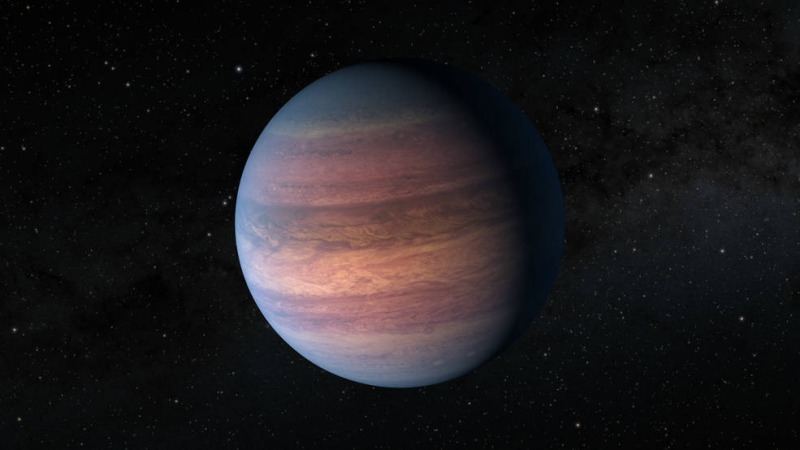
Astronomers and citizen scientists joined forces to discover a mysterious planet the size of Jupiter around an alien star. If their calculations of its orbit are correct, they should be able to see it again in February.
The planet, named TOI-2180 b, lies relatively near Earth, 379 light-years away. The exoplanet is about the same diameter as Jupiter, but almost three times more massive. This difference in density suggests the planet formed differently from Jupiter.
Read more: Strange and hidden Jupiter-size exoplanet spotted by astronomers and citizen scientists
What makes this world unusual is that it takes 261 days to orbit its star, much longer than most distant gas giants discovered to date. Another anomaly is the planet’s temperature, which averages an unexpectedly mild 170 degrees Fahrenheit (77 degrees Celsius). While TOI-2180 b is warmer than Jupiter and Saturn, it’s still quite chilly in comparison to many other huge exoplanets.
“It’s a nice stepping stone in between most giant exoplanets we’ve found, and then really cold Jupiter and Saturn,” study lead author Paul Dalba, a postdoctoral researcher at the University of California Riverside, said in a NASA press release (opens in new tab). This difference in temperature remains a mystery, but could be further explored with investigations from other observatories, like NASA’s just-launched James Webb Space Telescope, researchers said.
4. The alien planet Hulk
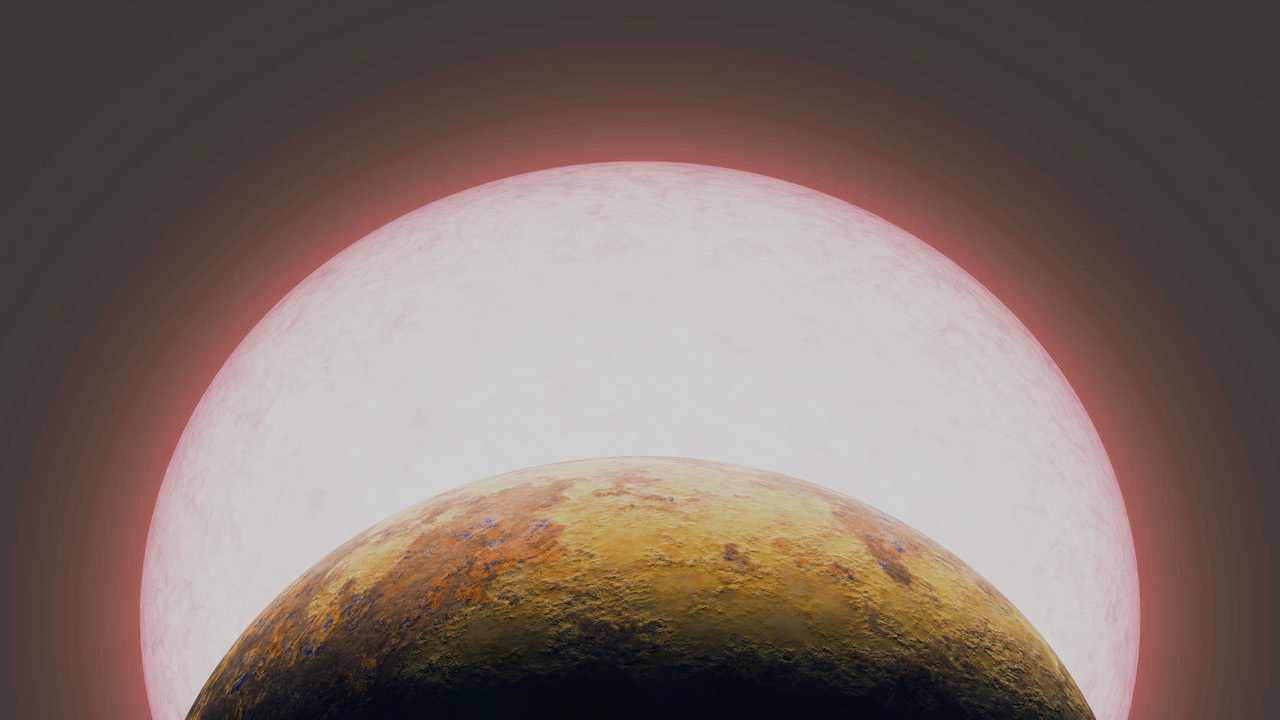
A newfound blazing-hot ‘super-Earth’ is one of the most massive ever discovered, an exoplanet covered in magma with a “year” that only lasts half a day.
The world, designated TOI-1075 b, was spotted by NASA’s Transiting Exoplanet Survey Satellite (TESS) spacecraft. It possesses a superheated surface with about 1,922 degrees Fahrenheit (1,050 Celsius) due to its proximity to its parent star, a small, red-orange star about 200 light-years away from Earth.
Read the full story: This scorching ‘super-Earth’ exoplanet is one of the most massive ever discovered
In addition to the planet’s blistering climate and brief orbit that just takes 14.5 hours, it’s one of the most massive super-Earths—rocky exoplanets larger than our own. Super-Earths fascinate astronomers because they are thought to be common throughout the Milky Way, even though there aren’t any in the solar system. TOI-1075 b is nearly 10 times Earth’s mass.
5. Alien planets risk doom
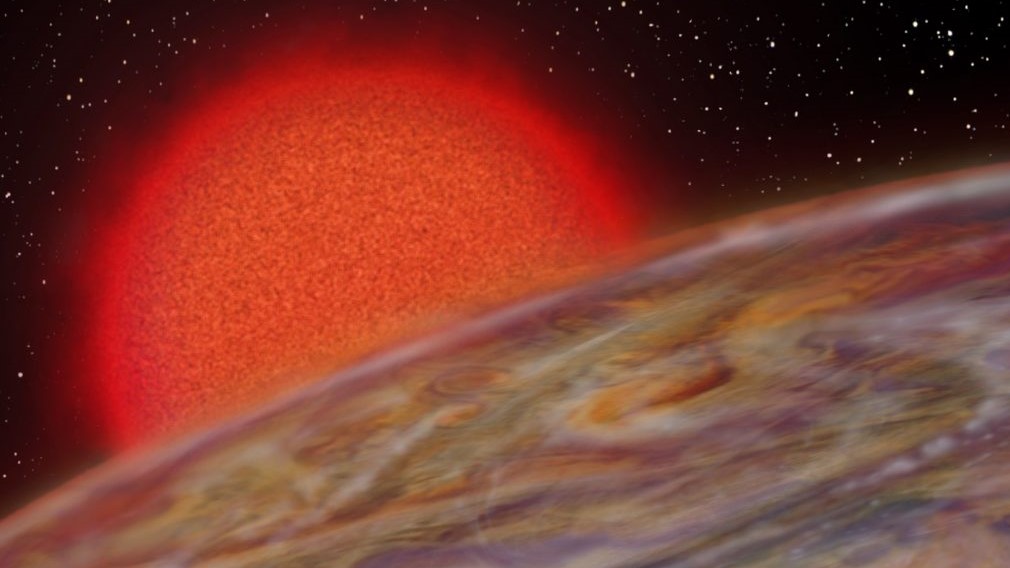
This year, astronomers also detected three newfound exoplanets circling dangerously near their dying stars.
“These planets are in such extreme places that actually less than 10 years ago, no one thought that they actually existed,” Samuel Grunblatt, lead author of the study and a postdoctoral fellow at the American Museum of Natural History, said during a news conference held by the American Astronomical Society in January.
Read the full story: 3 newly discovered worlds risk doom orbiting too close to dying stars
The three worlds, dubbed TOI-2337b, TOI-4329b and TOI-2669b, are gas giants, possessing masses between 0.5 and 1.7 times that of Jupiter. They have some of the shortest orbits discovered yet around subgiant or giant dying stars. For instance, TOI-2337b’s orbit will likely get it consumed by its host star in less than 1 million years, sooner than any other known planet.
As a star enters the last tenth of its life, it may pull in nearby planets. Modifying these planets’ orbit could in turn destabilize their entire planetary system or cause the worlds to collide as they get closer to each other. Moreover, as the planets spiral in toward their stars, their atmospheres can heat and swell. This may explain the varying densities seen between the newfound alien worlds. All in all, analyzing planets such as this new trio may provide a better understanding of our own solar system’s evolution, the researchers said.
6. Alien planet’s barium atmosphere
Astronomers discovered the metal barium in the skies of two searingly hot alien worlds, the heaviest element found yet in an exoplanet’s atmosphere. The find, made around the ultra-hot gas giants WASP-76 b and WASP-121 b, may reveal more about the exoplanets called hot Jupiters. These gas giants orbit close to their stars and are often tidally locked, with a hellish star-facing dayside and a relatively cool space-facing nightside.
WASP-76 b is a particularly extreme example of a hot Jupiter, with dayside temperature soaring as high as 4,350 F (2,400 C), hot enough to vaporize iron and other metals. When this iron vapor is blown to the planet’s cooler nightside, it liquefies and falls as “iron rain.”
Read the full story: Astronomers discover heaviest exoplanet element yet on alien world so hot it rains iron
Even with these exotic conditions, researcher were still not expecting to find barium, which is 2.5 times as heavy as iron. “The puzzling and counterintuitive part is: why is there such a heavy element in the upper layers of the atmosphere of these planets?” Tomás Azevedo Silva, research lead author and a Ph.D. student at the University of Porto and Instituto de Astrofísica e Ciências do Espaço, both in Portugal, said in a statement released by the European Southern Observatory, which operates some of the telescopes used in the research.
7. The football planet
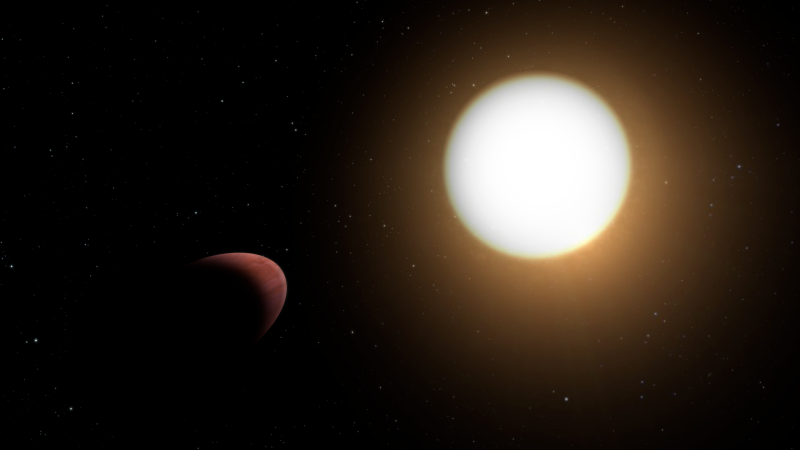
An odd newfound exoplanet resembles a football than the usual sphere. The weird shape of ultrahot WASP-103b, which is more than 1,000 light-years from Earth, stems from it getting stretched by the gravitational forces of its parent star.
WASP-103b, discovered in 2014, is a gas giant that orbits its parent star in just a single Earth day, putting it extremely close to the star’s radiation and strong gravity. The immense tides that result in the planet are similar to, but much more powerful than, the tides the moon triggers in our oceans on Earth.
Read the full story: Weird ‘hot Jupiter’ exoplanet is shaped like a football
By monitoring several passes of the planet across the face of its star from the perspective of Earth, the astronomers were able to measure how much its shape was deformed. “It’s incredible that we were able to do this — it’s the first time such an analysis has been done,” study co-author Babatunde Akinsanmi, a researcher at the University of Geneva, said in a statement from the University of Geneva.
8. Alien planet has zodiacal light
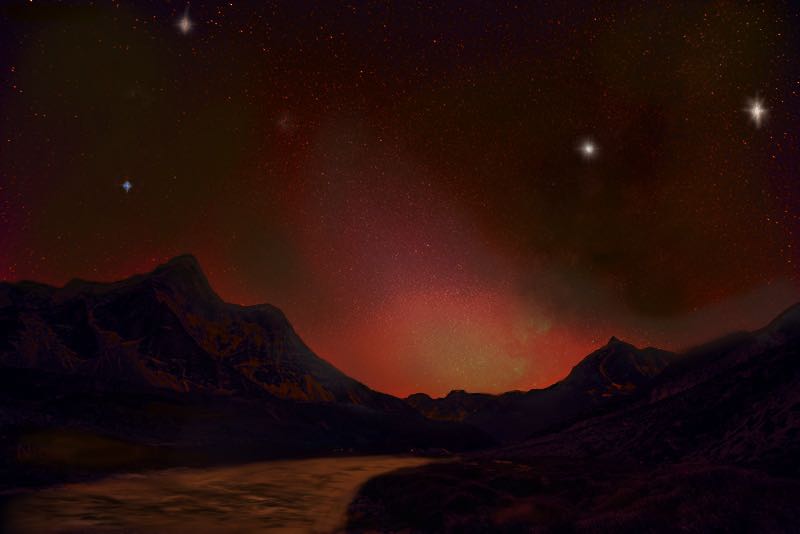
A ghostly glow known as “zodiacal light” may have been spotted on three potentially habitable exoplanets by a team of astronomers and high school students based in China. The newfound radiance may shed light on what those exotic worlds might look like.
If you watch the sun set from an especially dark spot on Earth, you may see a triangle of what scientists call zodiacal light extending from where the sun passed below the horizon. Zodiacal light in Earth’s skies is the result of sunlight bouncing off dust that fills the solar system, the remains of pulverized asteroids and debris from comets.
Read the full story: Ghostly glow in alien skies: ‘Zodiacal light’ possibly spotted on 3 exoplanets
By analyzing 47 different potentially habitable worlds monitored by NASA’s Kepler space telescope, the scientists found three where zodiacal light might shine: Kepler-69c, Kepler-1229b and Kepler-395c, all of which are classified as “super Earths,” or rocky exoplanets more massive than Earth.
“If we can detect zodiacal light from a distant planet system, then this system likely has components like asteroids and comets, which can’t be easily detected directly in other ways,” lead author Jian Ge, an astronomer at Shanghai Astronomical Observatory in China, said during a news conference held virtually on Jan. 13 by the American Astronomical Society.
9. Alien planet with silicate clouds
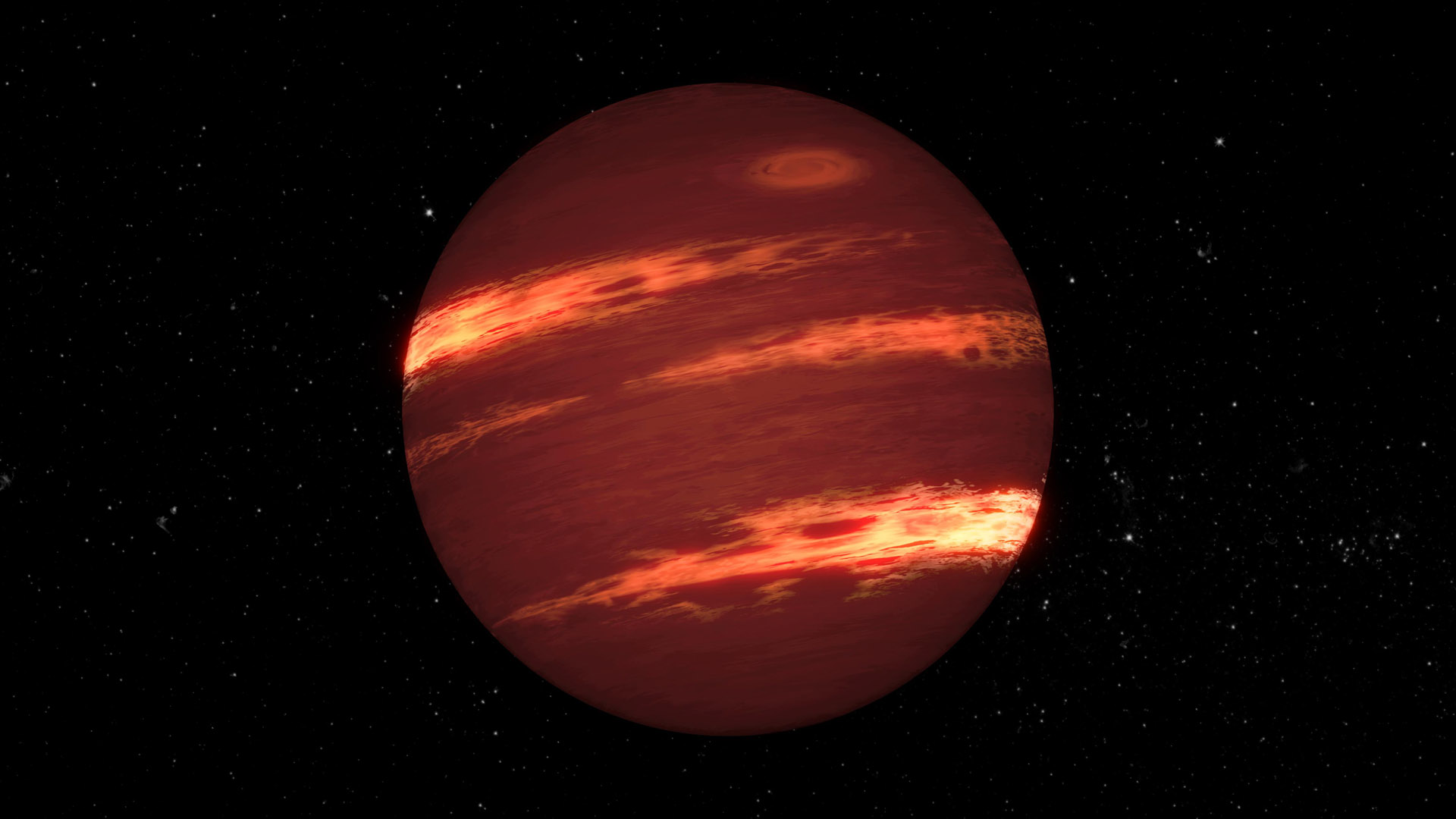
A strange alien world shrouded in clouds of sand-like silicate grains was discovered by NASA’s James Webb Space Telescope, the first detection of its kind.
The find was made around a brown dwarf nearly 20 times the size of Jupiter. Brown dwarfs are odd objects that are not quite big enough to ignite into stars but too big to be considered an ordinary planet. Although brown dwarfs cannot burn regular hydrogen in nuclear reactions, they can generate their own light and heat by burning deuterium, a more rare isotope of hydrogen whose atoms each contain an extra neutron within its nucleus.
Read the original story: James Webb Space Telescope spots alien planet shrouded in weird sand-filled clouds
The brown dwarf in question, called VHS 1256 b, orbits two small red dwarf stars about 72 light-years from Earth in the constellation Corvus, or crow, in the southern sky. Astronomers detected the strange exoplanet in 2016, and its reddish glow puzzled them ever since. Data from the James Webb Space Telescope have now revealed that VHS 1256 b must be cloaked in thick clouds full of sand-like silicate grains.

